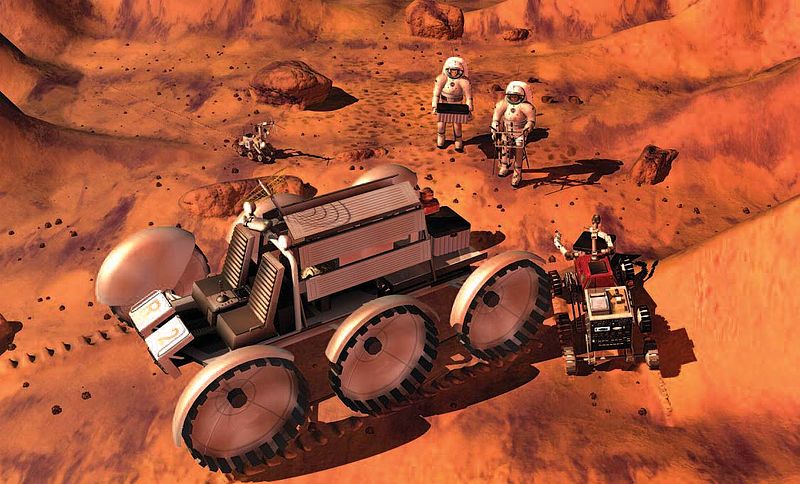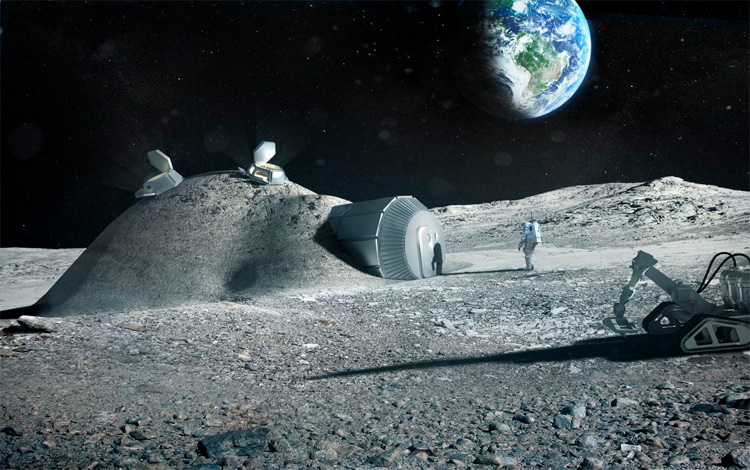
21st July 2015 Cost of human missions to the Moon and Mars could be shrunk by a factor of ten Through private and international partnerships, the cost of colonising other worlds could be reduced by 90 percent, according to a joint study released by the National Space Society and the Space Frontier Foundation and reviewed by an independent team of NASA experts.
The National Space Society (NSS) and Space Frontier Foundation (SFF) have announced their support for NASA’s funding of the newly released NexGen Space study, illustrating how to cut the cost of human space exploration by a factor of 10. The study, “Economic Assessment and Systems Analysis of an Evolvable Lunar Architecture that Leverages Commercial Space Capabilities and Public – Private – Partnerships”, finds that public-private partnerships could return humans to the Moon for approximately 90% less than the previously estimated $100 billion, allowing the United States to ensure national security in a new space age. “The Space Frontier Foundation supports and recommends public-private partnerships in all proposed human spaceflight programs in order to reduce costs and enable these missions that were previously unaffordable,” said the Space Frontier Foundation’s Chairman of the Board, Jeff Feige. “This is the way that America will settle the final frontier, save taxpayers money and usher in a new era of economic growth and STEM innovation.”
NSS and SFF call attention to these conclusions from the study:
“NSS congratulates NASA for funding the team at NexGen that discovered how such cost reductions are possible,” said Mark Hopkins, the NSS Executive Committee Chair. “A factor of ten reduction in cost changes everything.” Recent contracts with Boeing and SpaceX are just one example of how partnerships can work and may help with more ambitious projects in the future. The latter spent only $440 million developing its Falcon 9 rocket and Dragon crew capsule, where NASA would have spent $4 billion. SpaceX has also been developing a reusable rocket that aims to dramatically cut launch costs. Extracting and refining resources on the Moon, rather than having them delivered up from Earth to the lunar surface, could save a great deal of money too. There are many other examples of cost-saving measures. Click here to read the executive summary and here to download the full report.
Comments »
|








